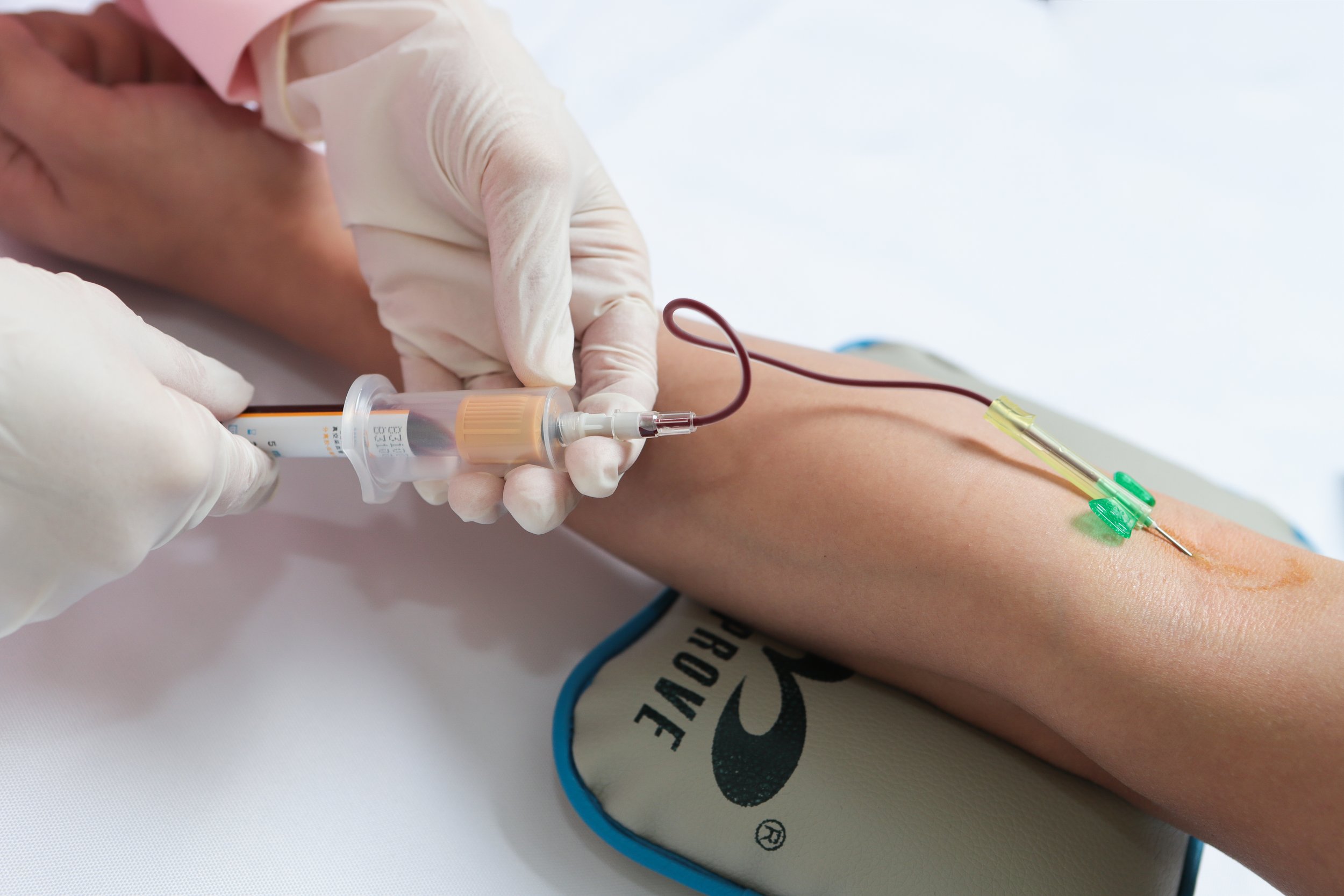Ensuring Safety and Effectiveness of Imported Medical Devices
Summary
- Strict Regulations and standards are in place for the importation of medical devices from China to the United States to ensure safety and effectiveness.
- The FDA plays a crucial role in verifying the reliability and quality of medical devices exported from China through regulatory oversight and inspections.
- Medical laboratories and phlebotomy procedures in the US must adhere to specific practices and guidelines to guarantee the accuracy and integrity of testing using these devices.
Ensuring Safety and Effectiveness of Imported Medical Devices
With the globalization of the healthcare industry, the importation of medical devices from countries like China has become increasingly common. However, ensuring the safety and effectiveness of these devices is paramount to protect patients and uphold the standards of medical testing and procedures in the United States.
When it comes to medical devices exported from China for use in US medical laboratories and phlebotomy procedures, several steps are taken to verify their reliability and quality.
Regulatory Oversight by the FDA
The Food and Drug Administration (FDA) plays a crucial role in regulating medical devices imported into the United States. The FDA ensures that these devices meet stringent standards for safety and effectiveness before they are allowed to be used in healthcare settings.
Medical devices are categorized by the FDA based on the level of risk they pose to patients. Class I devices are considered low risk, while Class II and Class III devices are higher risk and require more rigorous oversight.
Inspections and Audits
In order to verify the reliability and quality of medical devices exported from China, the FDA conducts inspections and audits of manufacturers and distributors. These inspections aim to ensure that the devices are produced in accordance with good manufacturing practices and meet the required standards.
During these inspections, FDA inspectors review documentation, processes, and Quality Control measures to assess the overall quality of the devices being exported from China. Any issues or deficiencies identified during these inspections must be addressed by the manufacturer before the devices can be approved for importation into the US.
Adherence to Best Practices in Medical Laboratories and Phlebotomy Procedures
Once medical devices from China have been approved for use in US medical laboratories and phlebotomy procedures, it is essential that healthcare professionals adhere to specific practices and guidelines to ensure the accuracy and reliability of testing.
Proper Training and Certification
One of the key steps in verifying the reliability and quality of medical devices is ensuring that personnel who operate these devices are properly trained and certified. Phlebotomists and laboratory technicians must undergo training to understand how to use the devices correctly and interpret the results accurately.
Proper training also includes education on safety protocols and procedures to prevent contamination and ensure the integrity of samples and Test Results. Certification programs help to ensure that healthcare professionals have the necessary knowledge and skills to perform their duties effectively.
Quality Control Measures
In addition to training and certification, medical laboratories and phlebotomy facilities must have in place strict Quality Control measures to verify the reliability and accuracy of testing using medical devices from China. These measures may include:
- Regular calibration and maintenance of equipment to ensure accurate results.
- Internal and external quality assurance programs to monitor performance and identify any issues.
- Adherence to established protocols and guidelines for sample collection, handling, and testing.
- Documentation of Test Results and procedures to track quality and ensure traceability.
Compliance with Regulatory Requirements
Healthcare facilities in the United States are required to comply with various regulatory requirements related to medical device use and testing. This includes adherence to standards set by organizations such as the Clinical Laboratory Improvement Amendments (CLIA) and the College of American Pathologists (CAP).
By following these regulatory requirements and guidelines, medical laboratories and phlebotomy facilities can ensure that they are using medical devices from China in a manner that maintains the quality and reliability of testing procedures.
Conclusion
Verifying the reliability and quality of medical devices exported from China for use in US medical laboratories and phlebotomy procedures is a critical process that involves regulatory oversight, inspections, and adherence to best practices. By working together with manufacturers, regulators, and healthcare professionals, the safety and effectiveness of medical devices can be ensured, ultimately benefiting patients and improving the quality of healthcare services in the United States.

Disclaimer: The content provided on this blog is for informational purposes only, reflecting the personal opinions and insights of the author(s) on the topics. The information provided should not be used for diagnosing or treating a health problem or disease, and those seeking personal medical advice should consult with a licensed physician. Always seek the advice of your doctor or other qualified health provider regarding a medical condition. Never disregard professional medical advice or delay in seeking it because of something you have read on this website. If you think you may have a medical emergency, call 911 or go to the nearest emergency room immediately. No physician-patient relationship is created by this web site or its use. No contributors to this web site make any representations, express or implied, with respect to the information provided herein or to its use. While we strive to share accurate and up-to-date information, we cannot guarantee the completeness, reliability, or accuracy of the content. The blog may also include links to external websites and resources for the convenience of our readers. Please note that linking to other sites does not imply endorsement of their content, practices, or services by us. Readers should use their discretion and judgment while exploring any external links and resources mentioned on this blog.
